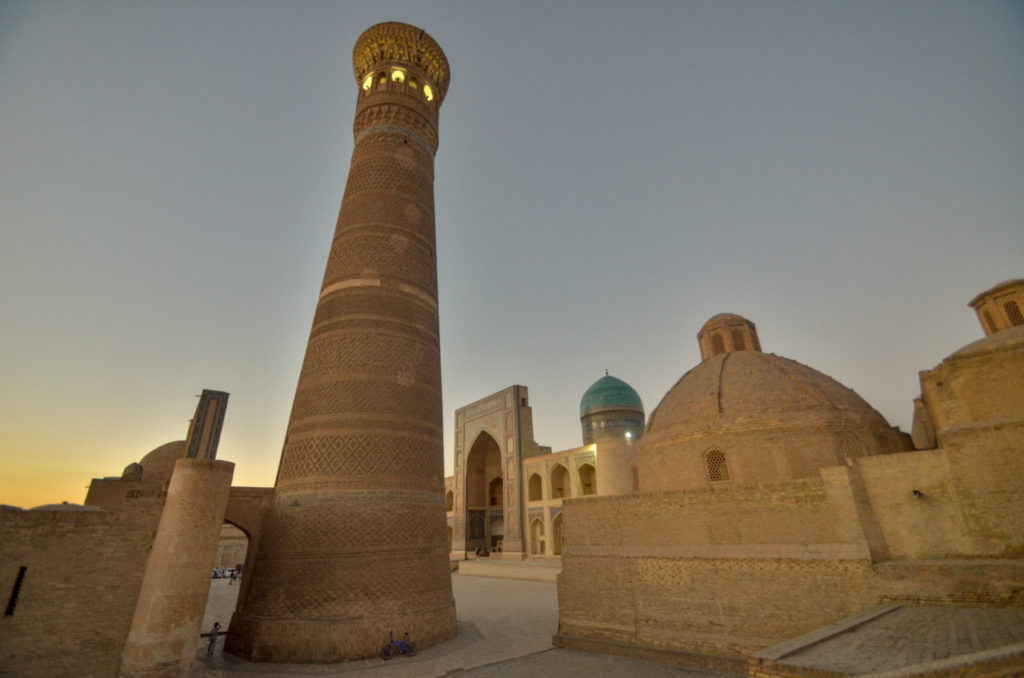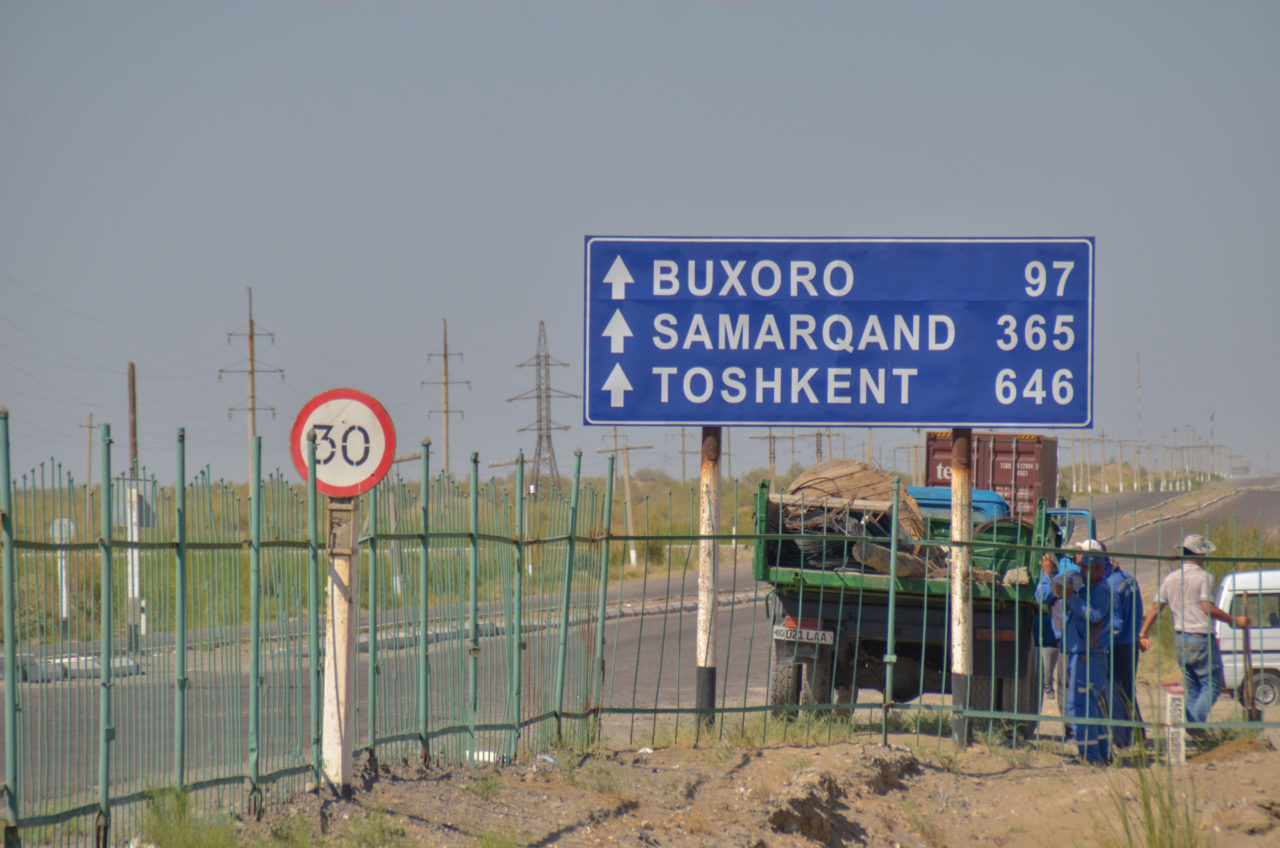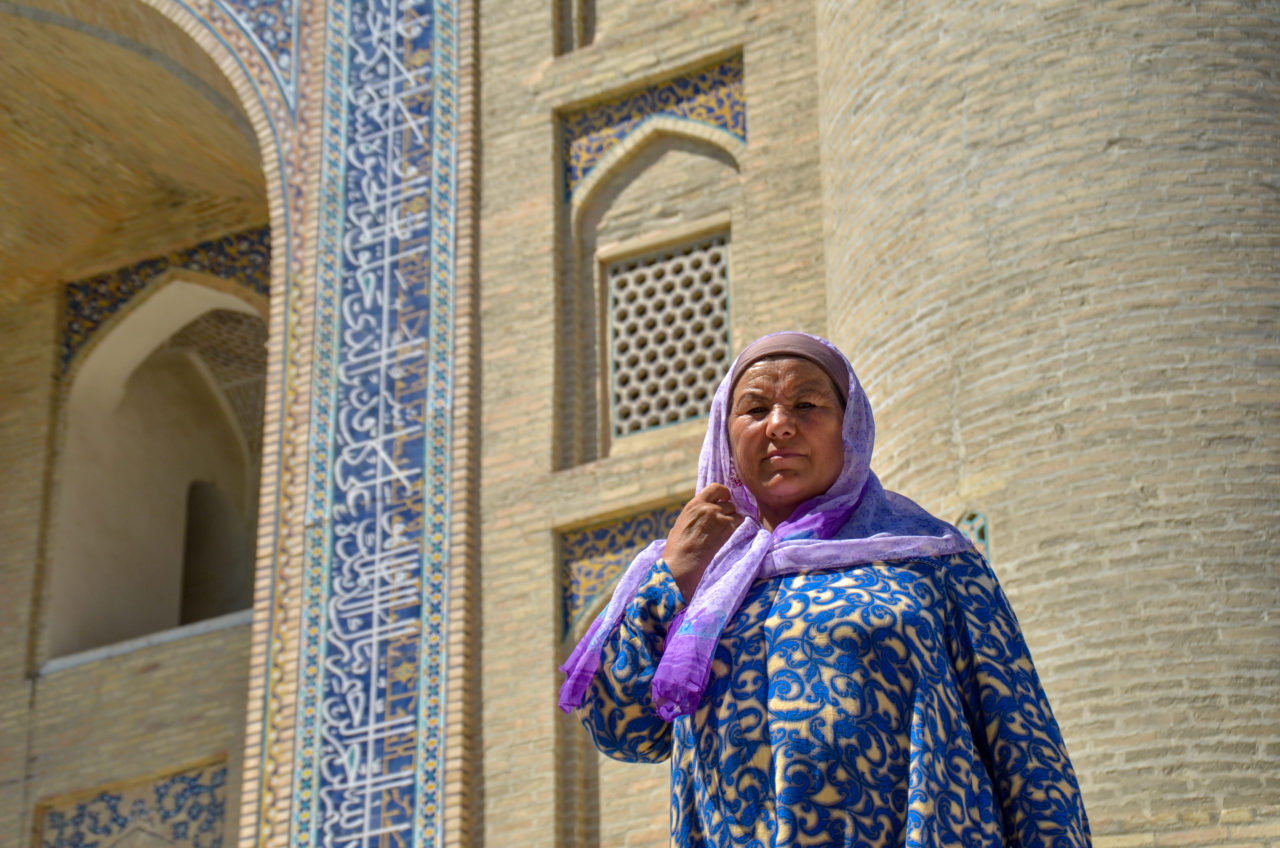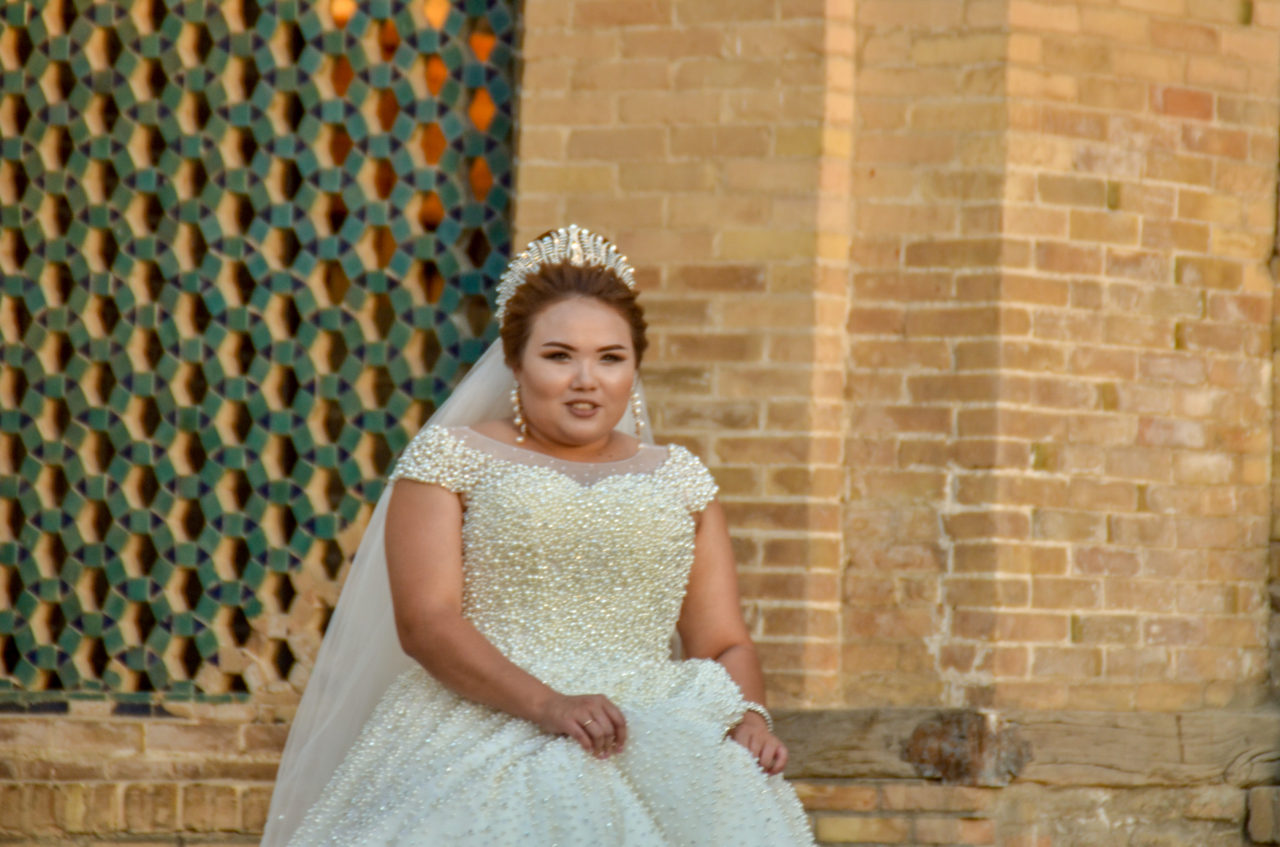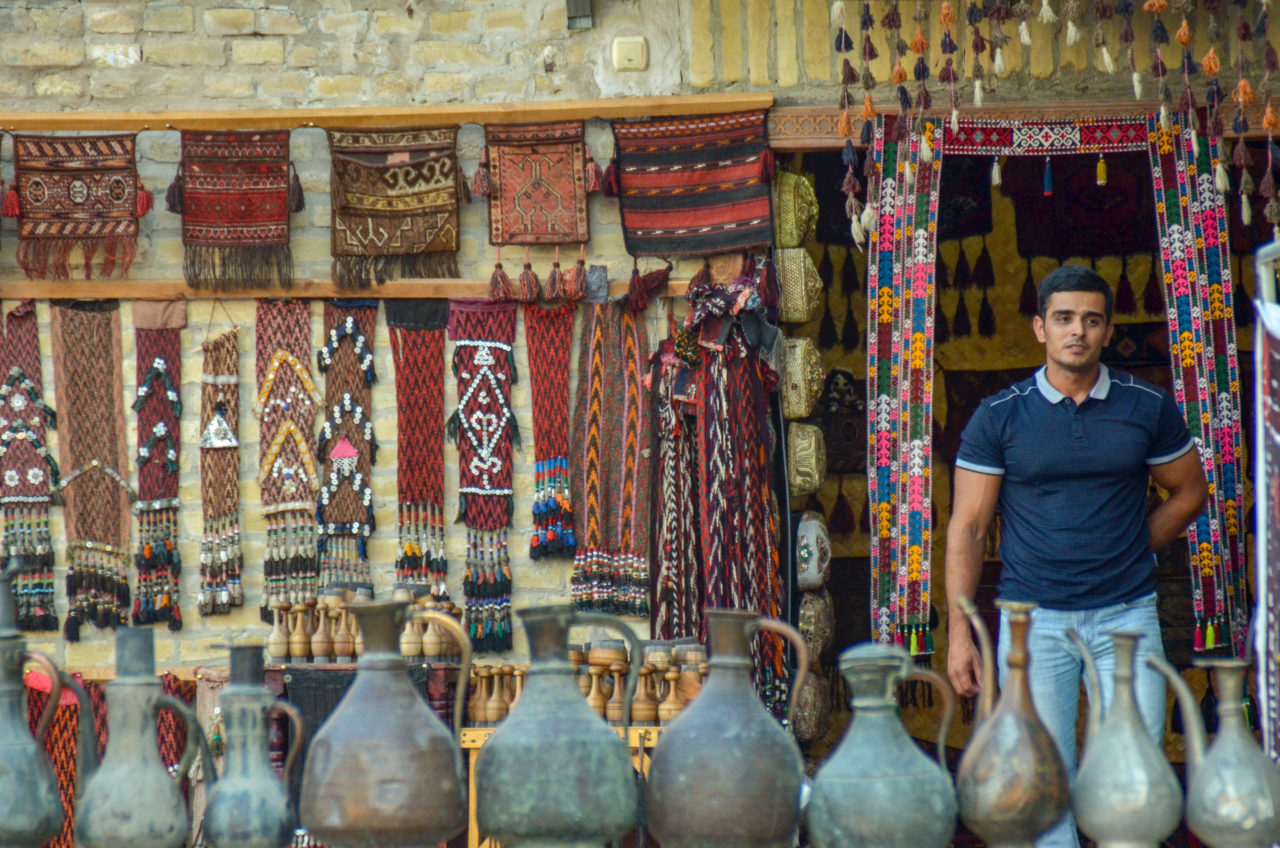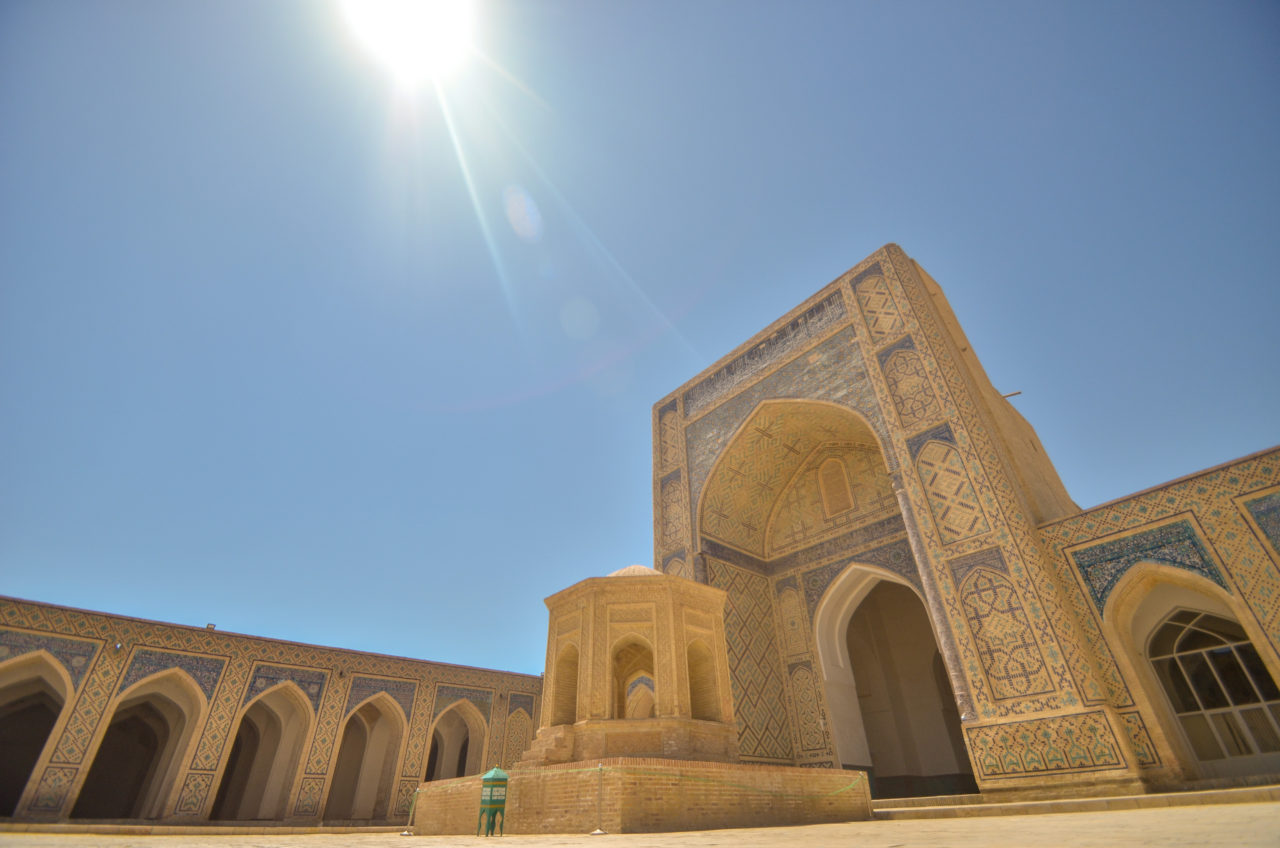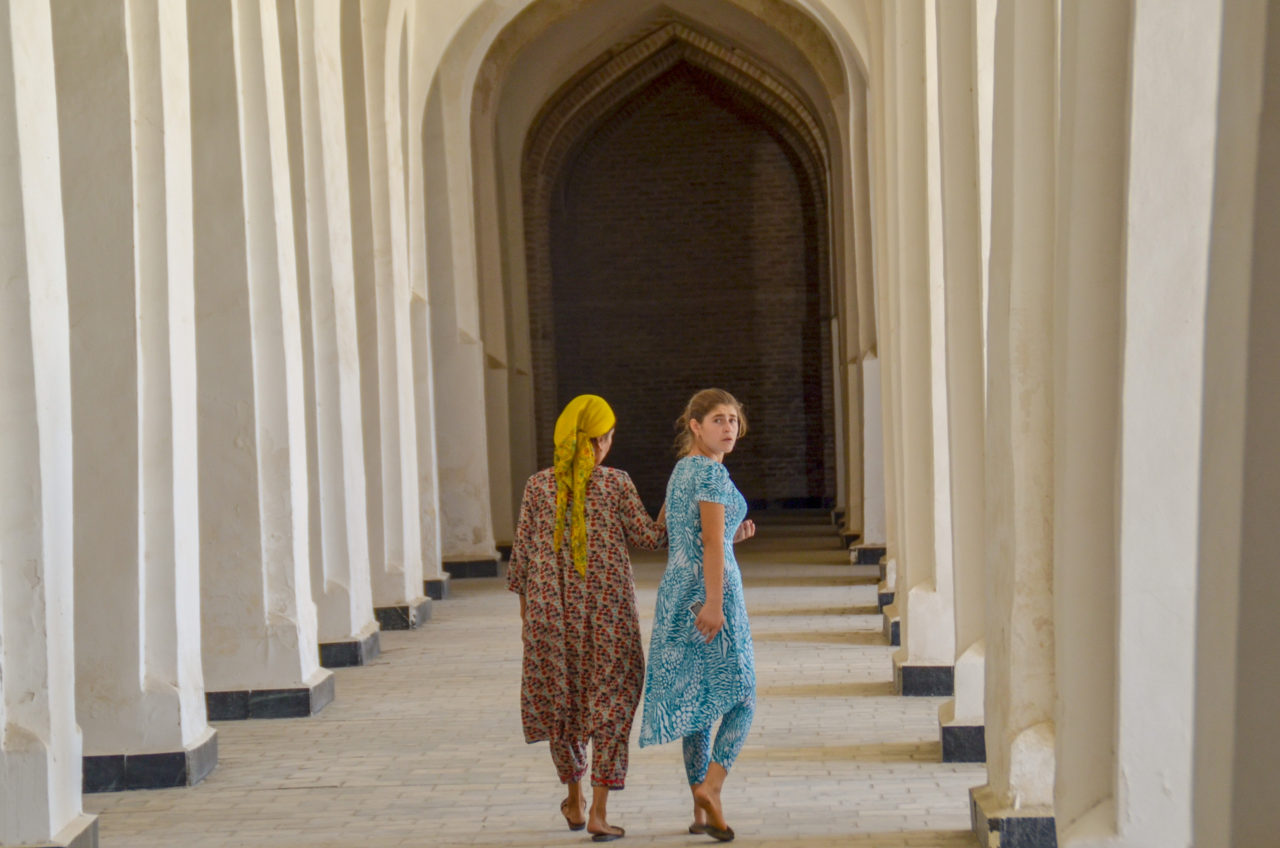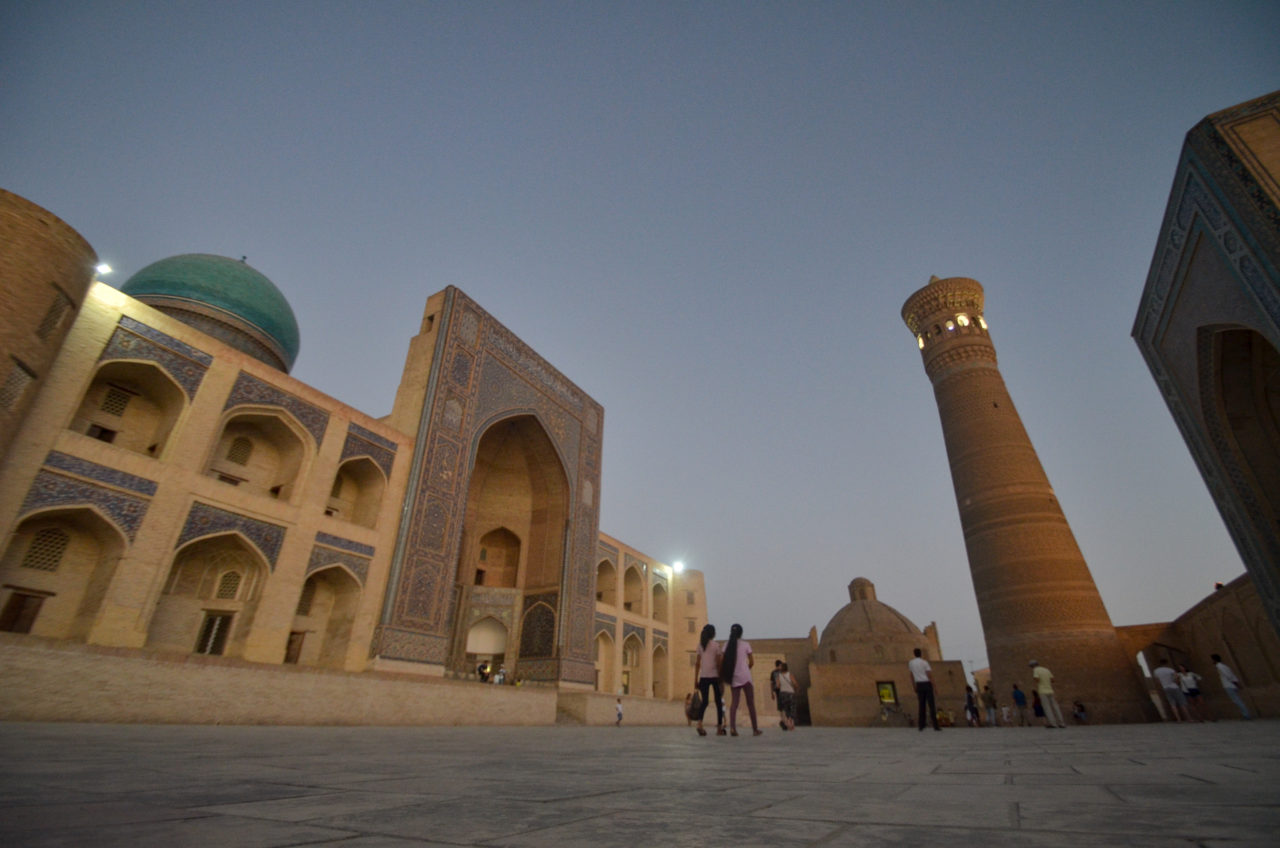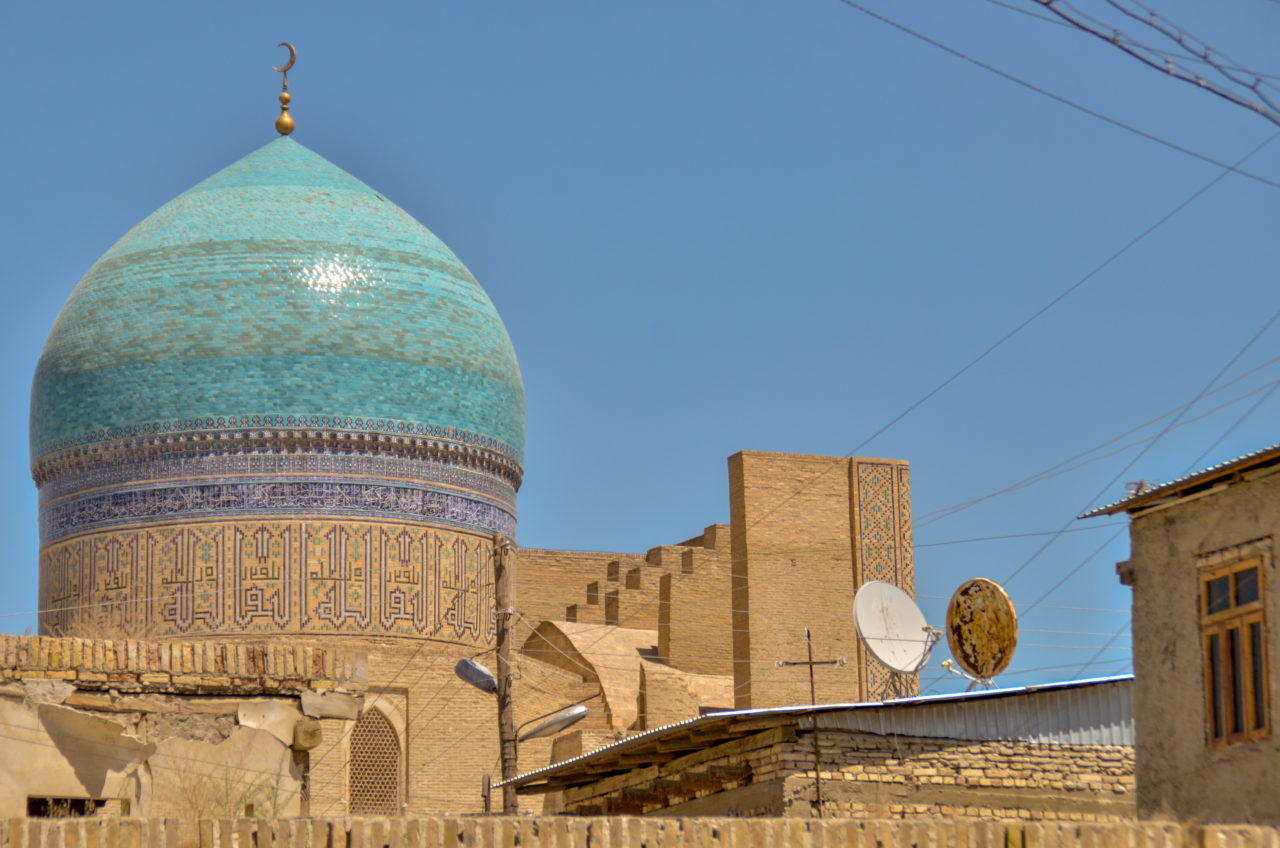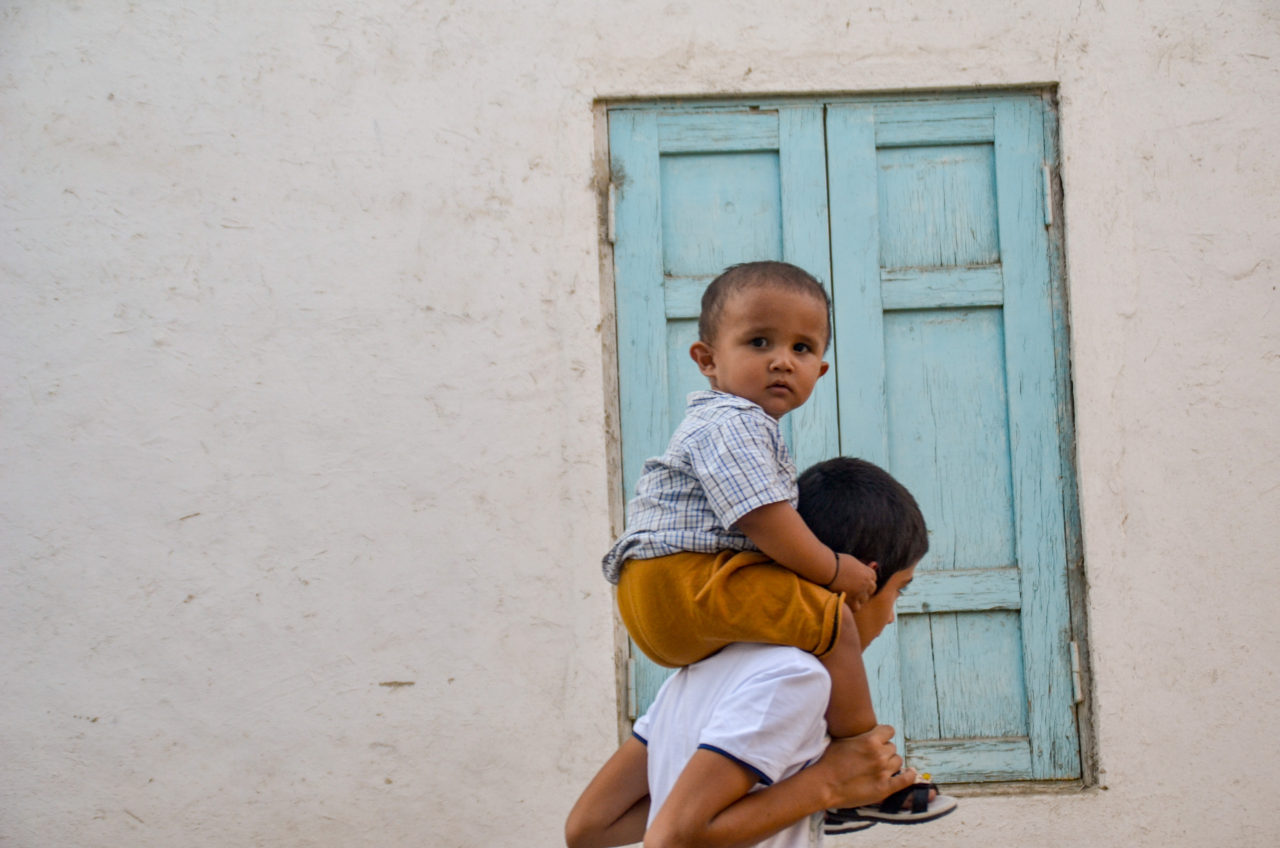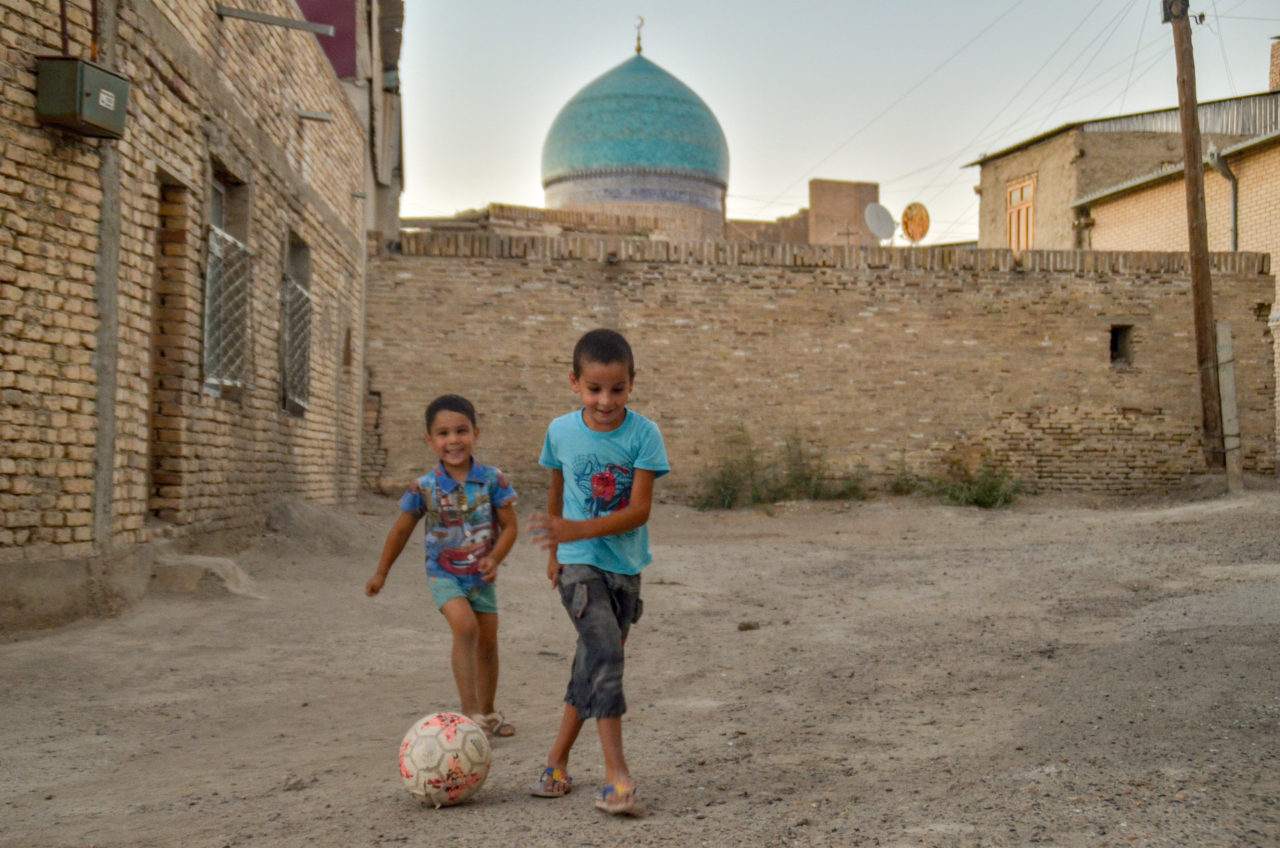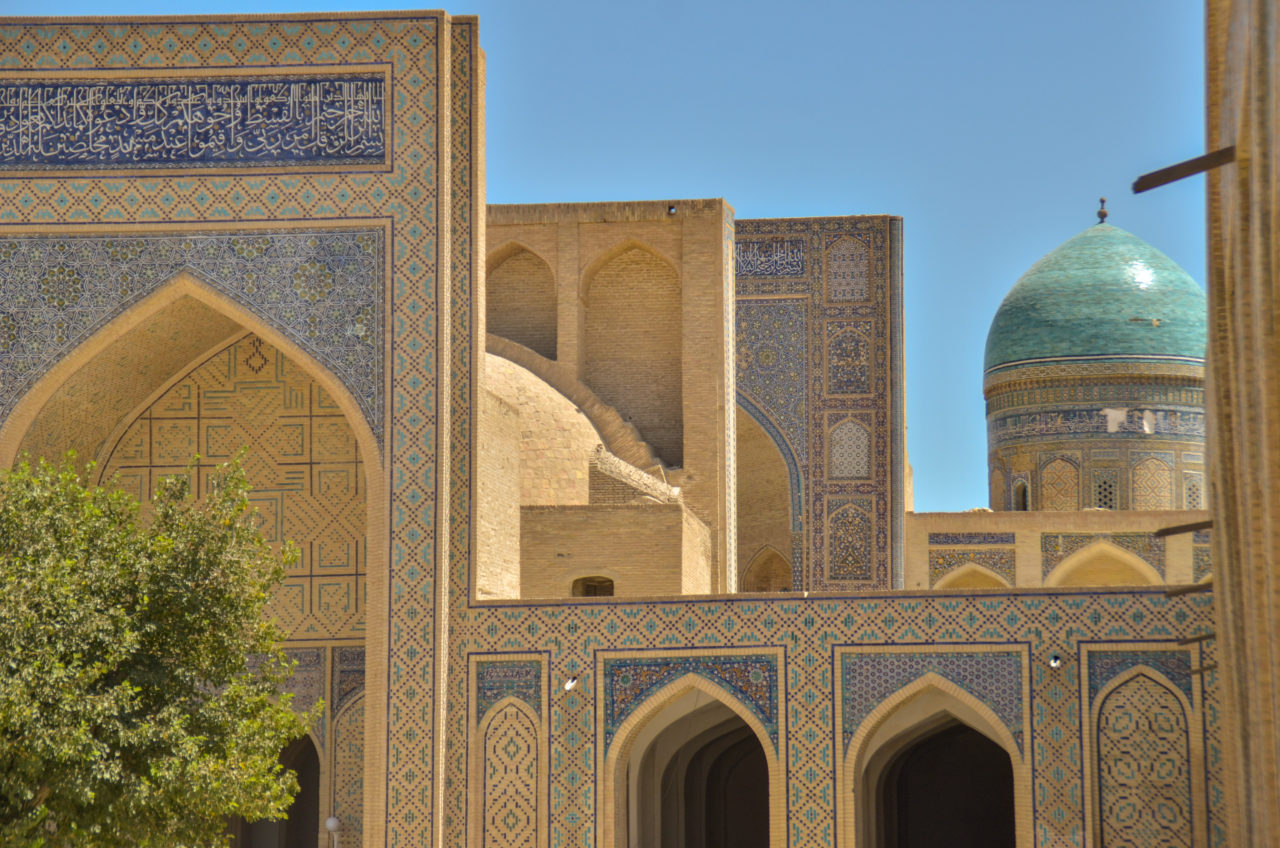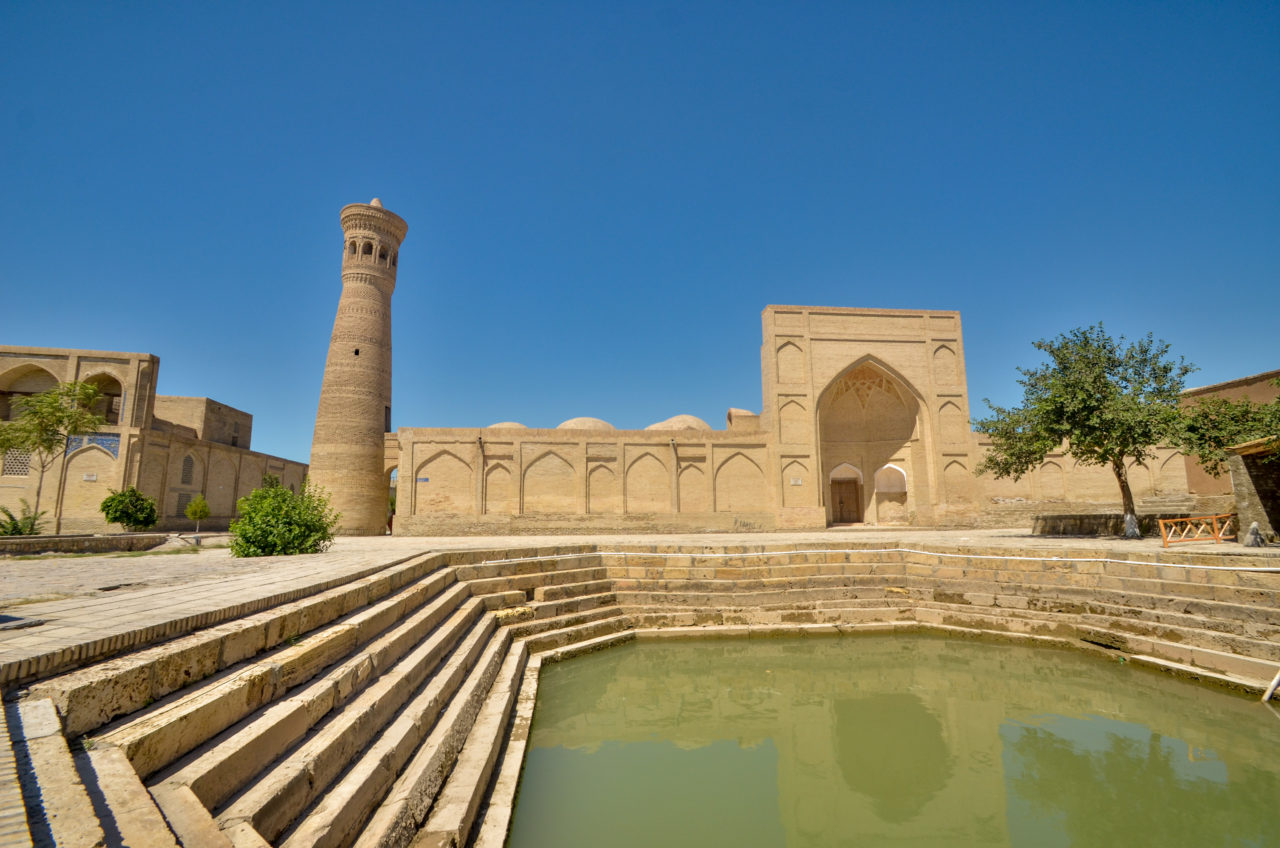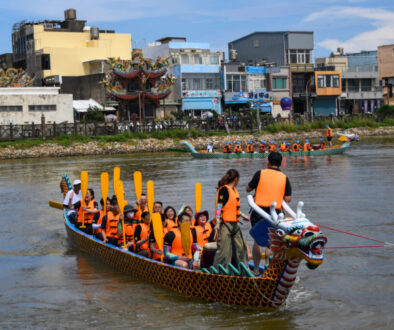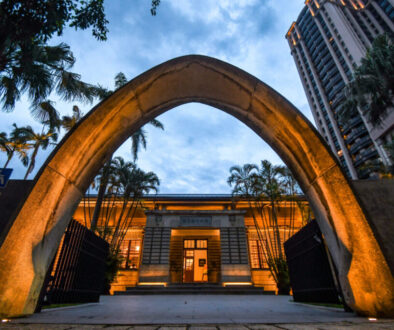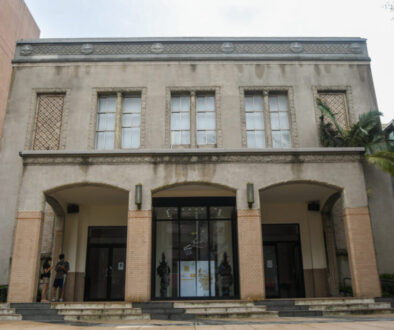Finding the Soul of Bukhara
The Calm Before the Tourist Tide
Uzbekistan is changing. After years of being labeled an authoritarian police state, the government has slowly begun to open its border to curious travelers. Almost like a big reveal, the black sheet that has shrouded this Central Asian nation has been torn off, revealing a country rich in history and culture.
While Uzbekistan’s southern neighbor of Turkmenistan has clung to Soviet-era policies mixed with a new wave of Turkmen nationalism, the rest of the region has been embracing travelers thus reviving the long-dead silk road. Even after the death of iron-fisted President Islam Karimov, Uzbekistan was hesitant to open up its borders to foreigners. Shaking off its image as a repressive post-USSR dystopia, the mist which shrouded this Central Asian nation has shrouded, allowing the country’s romantic mosques and grand medieval universities to be showcased to the rest of the world.
You can read more about Uzbekistan’s changing image here or here!
An Up and Coming Tourist Hotspot
Many may first gravitate to the more popular Samarkand with its breathtaking open squares and topaz mosaics, but Bukhara offers the same mosques and madrashas among a maze of winding back alleys and friendly neighborhoods.
The whole city isn’t just a labyrinth of sun-baked Uzbek houses, however. At the center of Bukhara’s tourist boom is Lyab-i Hauz. Between one of the most stunning mosques in the city and a madrasha you will find a scene more common in Europe rather than in Central Asia. Quaint street cafes and restaurants situated around a tranquil pond in the middle of the square. Despite the site oozing with touristic tackiness, the ratio of locals to foreigners is well-balanced. Many Uzbek families can be seen enjoying a night on the town with their children playing under the watchful eye of towering minarets.
You can read more about Uzbek madrashas here!
Exploring the Mosques and Islamic Schools
With so many mosques and Islamic schools to visit, it may be a good idea to limit yourself to just a couple. As a backpacker, you can not afford to pay an entrance fee for every one of the 140 protected buildings within the city limits. If you escape from the touristy bazaars near Lyab-i Hauz, you will eventually find yourself stumbling upon Po-i Kalyan, one of the largest and most stunning Islamic complexes in the area.
Although only a few minutes walk from the center of the old town, Po-i Kalyan shakes off a lot of the hoards of tourists that seem to swarm around the pond near Lyab-i Hauz. Like a homing beacon, the mosque’s minaret peers over the top of the surrounding residential district, revealing its crown over rooftops. Once inside the mosque, one could easily spend an hour marveling at the vastness of its courtyards and elaborate patterns incorporated into its architecture.
You can read more about Po-i Kalyan here!
Getting Lost in Bukhara
Just like any place in the world, it doesn’t matter how breathtaking a temple, mosque, or mountain can be, it is the people you meet that make the trip truly unforgettable. In an open-air museum like Bukhara, the soul is found in its back alleys and winding streets. These sprawling neighborhoods are situated in such a way that they fill the gaps between each of the mosques like the waves of the sea when meeting a rocky shore.
From the ground among the houses of working-class Uzbek houses, you can find beauty of a different nature. The electrical wires strung overhead and satellite dishes situated in front of miracles of Islamic art add a kind of candid realism to Bukhara which can only be found when exploring the true beating heart of the city.
Uzbeks in the Streets
What made Bukhara truly special is the glimpse into the lives of those who everyday live with the topaz domes and towering minarets in the background. As is in any city, the locals sometimes take for granted what makes their own town special, considering the wonders of the silk road as nothing more than a mundane sight.
The best time to wander the streets of Bukhara is in the late afternoon. During the day a soul will seldom be seen in the dusty dirt roads snaking its way through the houses. When the sun starts to set, however, children will make their way to the courtyards of the madrashas and kick their footballs off of the walls of some of the greatest monuments of the Muslim world. Grandfathers picking up their grandchildren, brothers carrying their siblings on their shoulders, schoolkids playing pickup football games in the streets under the supervision of mothers watching from the thresholds of their houses, these are the things that bring life to a city which would otherwise be nothing more than ancient ruins.
Rebuilding the Silk Road
The age of Soviet occupation which left the sand beaten monuments of old in ruins is long gone. A breath of new life has blown into the desert, uncovering and rebuilding these Islamic relics to the world. New bricks can be laid and mosaics rebuilt, but as the mosques gradually reflect their former glory they still lack any meaning if the people are not brought back into their halls to worship and learn. Unfortunately the courtyards are becoming home to souvenir shops and tourist traps, thus falling short of the goal of reviving traditional culture.
All is not lost, however. Muslims can still be seen entering to pray in the same mosques that their forefathers have heard the call to prayer. Maintaining a balance between keeping sites like Bukhara truly Uzbek and investing in foreign tourism so that the rest of the world can marvel at these medieval masterpieces is a hard game to play. Many culturally significant sites around the world have succumbed to the hoards of tourists and sacrificed a piece of their own identity for the influx of money being racked in with each arriving tour bus.
For the time being, the door to Uzbekistan has just only begun to crack open to the rest of the world. As beautiful as the topaz domes, and golden towers are, the authentic side of the country rests with the people. After wandering the grand courtyards and staring in awe at the romantic wonders from the time of Marco Polo, don’t forget to stray down the back alleys to witness the winding veins that pump life into Bukhara.

